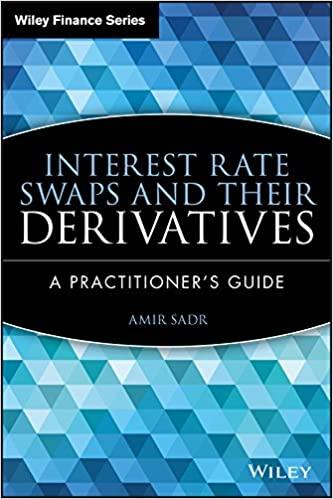Question
C HAPTER 8 F LAME F IXTURES , I NC . Business Application of Purchasing Power Parity Flame Fixtures, Inc., is a small U.S. business
CHAPTER 8 FLAME FIXTURES, INC.
Business Application of Purchasing Power Parity
Flame Fixtures, Inc., is a small U.S. business in Arizona that produces and sells lamp fixtures. Its costs and revenues have been very stable over time. Its profits have been adequate, but Flame has been searching for means of increasing profits in the future. It has recently been negotiating with a Mexican firm called Coron Company, from which it will purchase some necessary parts. Every 3 months, Coron Company will send a specified number of parts with the bill invoiced in Mexican pesos. By having the parts produced by Coron, Flame expects to save about 20 percent on production costs. Coron is willing to work out a deal only if it is assured that it will receive a min- imum specified amount of orders every 3 months over the next 10 years, for a mini- mum specified amount. Flame will be required to use its assets to serve as collateral in case it does not fulfill its obligation.
The price of the parts will change over time in response to the costs of production. Flame recognizes that the cost to Coron will increase substantially over time as a result of the very high inflation rate in Mexico. Therefore, the price charged in pesos likely will rise substantially every 3 months. However, Flame feels that, because of the con- cept of purchasing power parity (PPP), its dollar payments to Coron will be stable. According to PPP, if Mexican inflation is much higher than U.S. inflation, the peso will weaken against the dollar by that difference. Since Flame does not have much liquidity, it could experience a severe cash shortage if its expenses are much higher than anticipated.
The demand for Flames product has been stable and is expected to continue that way. Since the U.S. inflation rate is expected to be very low, Flame likely will continue pricing its lamps at todays prices (in dollars). It believes that by saving 20 percent on production costs it will substantially increase its profits. It is about ready to sign a con- tract with Corn Company.
a. Describe a scenario that could cause Flame to save even more than 20 percent on production costs.
b. Describe a scenario that could cause Flame to actually incur higher production costs than if it simply had the parts produced in the United States.
c. Do you think that Flame will experience stable dollar outflow payments to Corn over time? Explain. (Assume that the number of parts ordered is constant over time.)
d. Do you think that Flames risk changes at all as a result of its new relationship
with Corn Company? Explain.
Step by Step Solution
There are 3 Steps involved in it
Step: 1

Get Instant Access to Expert-Tailored Solutions
See step-by-step solutions with expert insights and AI powered tools for academic success
Step: 2

Step: 3

Ace Your Homework with AI
Get the answers you need in no time with our AI-driven, step-by-step assistance
Get Started


